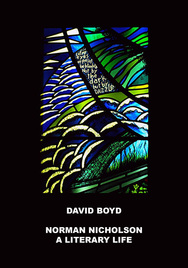Norman Nicholson: A Literary Life by David Boyd
|
|
Norman Nicholson: A Literary Life by David Boyd, published by Seascale Press at £11.99. Available from Seascale Press, Richmond House, Drigg Road, Seascale, Cumbria CA20 1NS.
|
